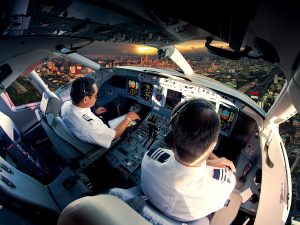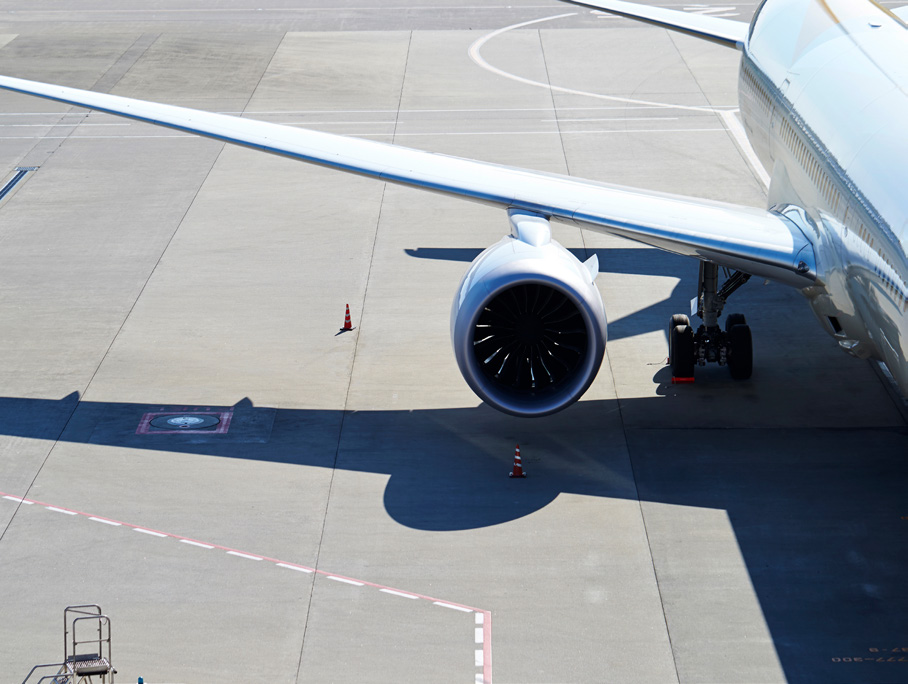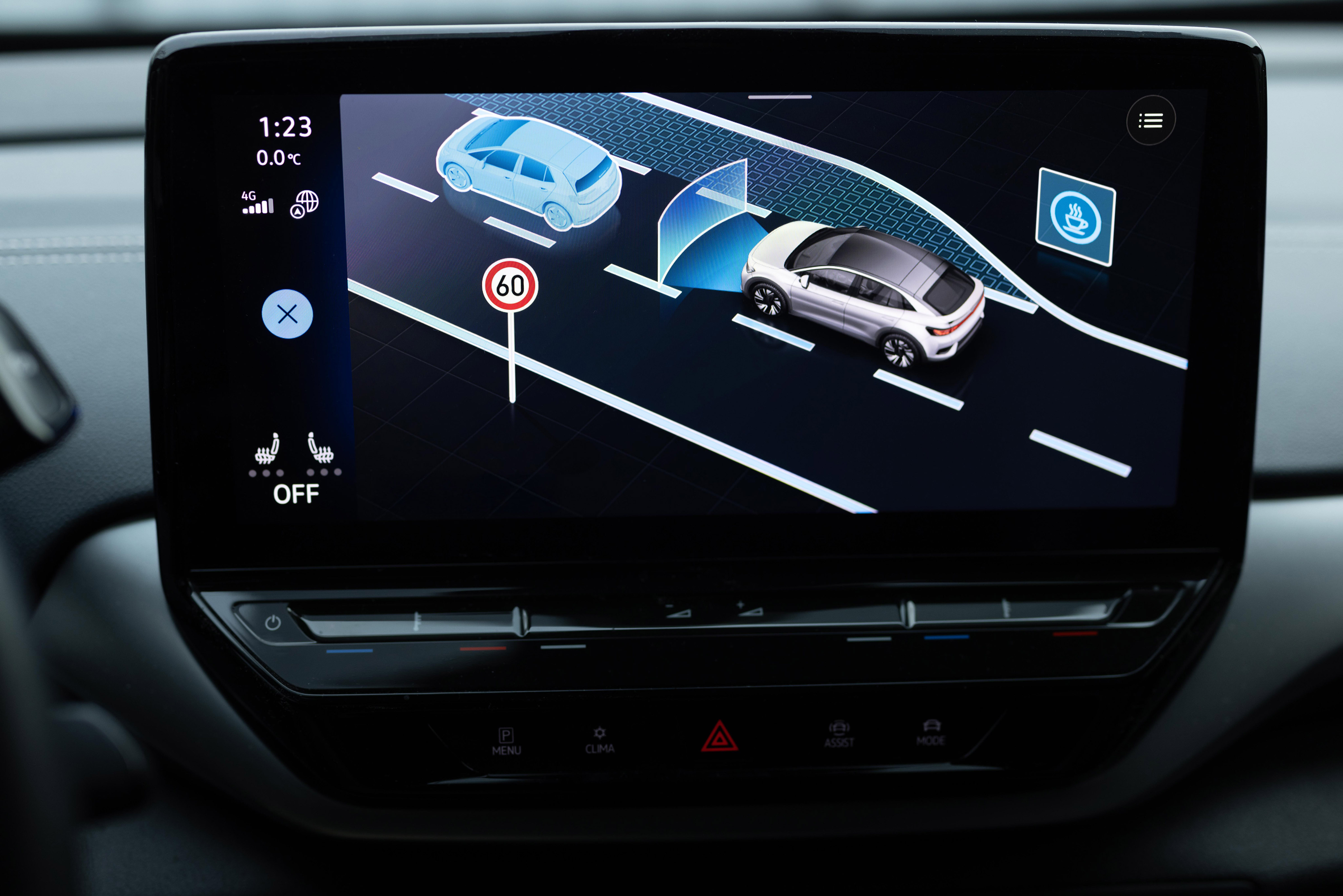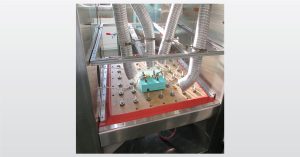
Failure Analysis in Aerospace Advancement
In the aerospace industry, electronics are subjected to extreme environmental variables. EAG’s failure analysis group can help solve potential problems that may arise.
Home » EAG’s Expertise in Supporting the Aviation Industry
The aviation industry is broad and can be divided into two sectors: civil and military. Both encompass the design, manufacturing, operation, and maintenance of an aircraft, along with all the services that make air transportation possible for passengers and cargo. Civil aviation includes private and commercial air travel, as well as non-commercial flights while military aviation is for use by the military
This industry is continually growing fast and will continue to do so. The most recent estimates suggest that demand for air transport will increase by an average of 4.3% per annum over the next 20 years (The Future of Aviation, n.d.). If this estimated growth is reached then the aviation industry will contribute 15.5 million in direct jobs and $1.5 trillion of GDP to the world economy – and this without the impacts of global tourism being taken into consideration. It is estimated that by mid-2030s no fewer than 200,000 flights per day are expected to take off and land all over the world.

The growing demand in this industry also poses challenges and the need for increased sustainability and safety. Recently, there was a discovery of titanium entering the supply chain system using falsified documents. This poses a risk to safety and ultimately the economy. More than ever before testing for the aviation industry is needed to ensure safe and secure planes are flying our friendly skies. Luckily, EAG has been a partner with this industry for over 50 years. We have partnered with customers to reduce weight and improve fuel efficiency by utilizing composite materials, as well as complied with the stringent requirements for military electronics whilst maintaining IP security and ITAR registration.

EAG provides the below listed support to ensure safety in manufacturing and performance within the aviation industry:
Our scientists can provide deep insights into advanced materials, including metals and alloys, ceramics, coatings, plastics and polymers, composites, and porous materials.
EAG performs failure analysis investigations of fractures to determine the mechanism and characteristics of the fracture, such as: fatigue, slow crack growth mechanisms, brittle and ductile overload, stress, corrosion, oxidation and hydrogen embrittlement.
Sensitizer Defense Materials Testing
We can determine if any materials or equipment exposed directly to the skin contain any chemicals that are skin sensitizers with the potential to cause toxic or allergenic reactions.
We offer monitoring of trace and ultra-trace level concentrations in raw materials using our techniques.
IC and Electronic System Testing
We offer system-level testing for reliability and failure analysis of component and modules, including selection of tester platform, hardware, and fixture design, as well as ATE test programs in both development and production.
EMC & Environmental Materials Testing
Our sister company, Eurofins E&E, can evaluate components for use in extreme electromagnetic & environmental conditions to identify design flaws and bring equipment from development to production.
EAG has over 50 years’ experience in materials testing services. Our parent company, Eurofins Scientific, is a multi-billion-dollar global leader in scientific services with a portfolio of over 200,000 validated analytical methods. We offer a consultative, multi-disciplinary approach to solving your materials- and engineering-related product problems. As thought leaders in investigative science, we set the global standard for materials testing services. Contact us today to learn more about how we can partner together to address your challenges.
The Future of Aviation. (n.d.). Retrieved from ICAO.int

In the aerospace industry, electronics are subjected to extreme environmental variables. EAG’s failure analysis group can help solve potential problems that may arise.

Discover the power of LiDAR technology behind the scenes. Learn about the role of SIMS in the world of LiDAR to reveal the chemical makeup of materials.

In this webinar we introduce Accelerated Life Testing and Failure Analysis techniques at EAG Laboratories Eindhoven

July 30, 2024
Please join us for coffee and conversations! Enjoy a cup of coffee and refreshments as you get to know our technical experts.
To enable certain features and improve your experience with us, this site stores cookies on your computer. Please click Continue to provide your authorization and permanently remove this message.
To find out more, please see our privacy policy.